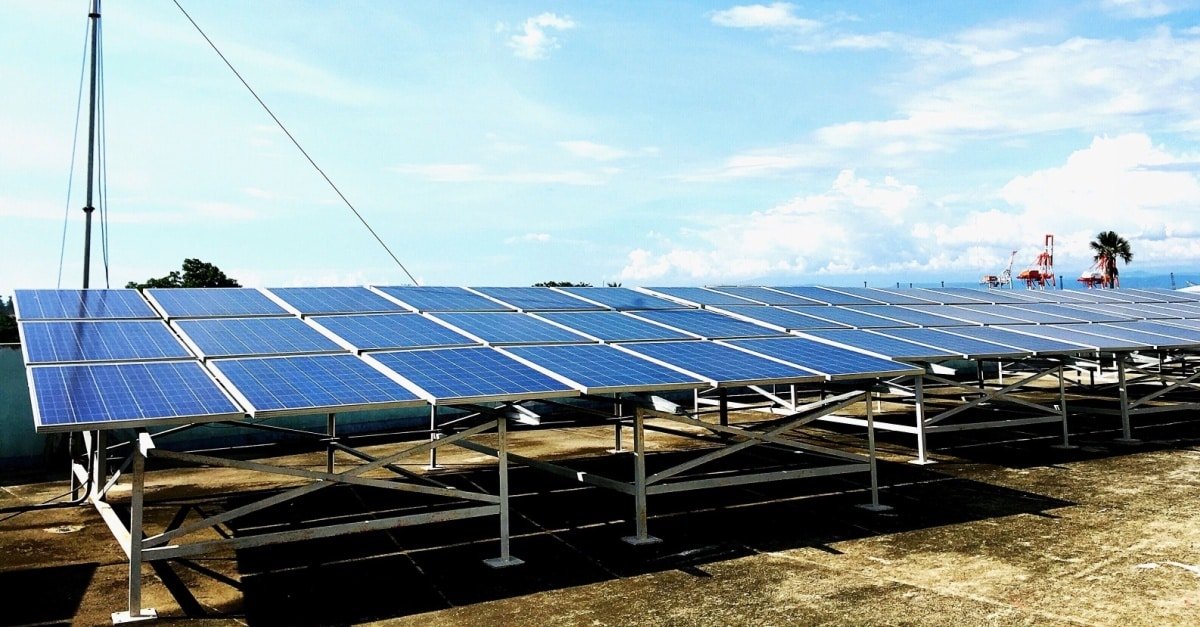
According to an international climate and energy think tank, the Mindanao grid will have more than enough power to meet the island’s needs this summer and into the second quarter of 2025. It may even be able to export power to the Visayas.
The report, titled “Philippine Power Outlook: Reviewing the Adequacy of Power Supply from April to June 2025,” was released by the Institute for Climate and Sustainable Cities (ICSC). The ICSC is an international non-governmental organization based in the Philippines that focuses on promoting equitable climate policies and fostering low-carbon, climate-resilient development.
First published in 2022, the annual Philippine Power Outlook Report evaluates the country’s preparedness to handle the expected rise in demand during the upcoming hot and dry season. The reports have consistently shown that power supply challenges during the second quarter of each year are an ongoing issue in the Philippines.
Stable Mindanao supply till June
In the report, the ICSC evaluated the operating margins—the difference between available generating capacity and peak demand—across the country’s three main island grids. This assessment was based on the 2025 Weekly Demand, Supply, and Operating Margin Profile released by the National Grid Corporation of the Philippines (NGCP) and the Department of Energy (DOE) in December 2024.
The report indicates that the Mindanao grid is expected to have sufficient reserves from April to June and could even export power due to an increased supply.
“With its existing and committed generation capacities, Mindanao can maintain sufficient reserve levels even while exporting 450 megawatts (MW) to Visayas,” the ICSC said in a statement. “However, it can reduce exports if necessary to ensure sufficient reserves in its grid.”
In January of the previous year, the NGCP began the commercial operation of the 450-MW Mindanao-Visayas Interconnection Project (MVIP), which enables Mindanao to export power to the Visayas.
As of 1 p.m. on Thursday, April 3, the Mindanao grid had a capacity of 3,221 MW and a system peak demand of 2,596 MW, leaving a surplus of 625 MW, according to data from the NGCP.
Plant outages increase grid instability
On March 5, the Luzon grid was placed under its first yellow alert of the year due to higher-than-expected demand coupled with forced outages at power plants. Seven baseload coal power plants were offline, resulting in a total of 2,495 MW of power being unavailable to the grid, highlighting the grid’s vulnerability. Additionally, three coal plants were operating at reduced or derated capacities.
“Although elevated electricity demand during the summer contributes to power supply issues experienced in these months, forced outages of baseload power plants have constantly exacerbated the situation,” said Jephraim Manansala, ICSC’s Chief Data Scientist and co-author of the report.
“Power plant outages, especially unplanned ones, and plants running at a derated capacity, can severely disrupt the balance between supply and demand, significantly hindering the grid’s ability to meet the country’s growing energy needs—especially during peak demand hours,” Manansala added.
According to the ICSC, the delivery of committed capacities from upcoming power plants listed by the DOE, mainly consisting of renewable energy plants, is crucial to ensure sufficient reserves for the three main island grids this quarter.
Additionally, existing power plants must adhere strictly to the Grid Operating and Maintenance Program (GOMP) to minimize forced outages and maintain grid stability and reliability.
Sources:
https://businessweekmindanao.com/stable-power-supply-for-mdanao-until-25/






















